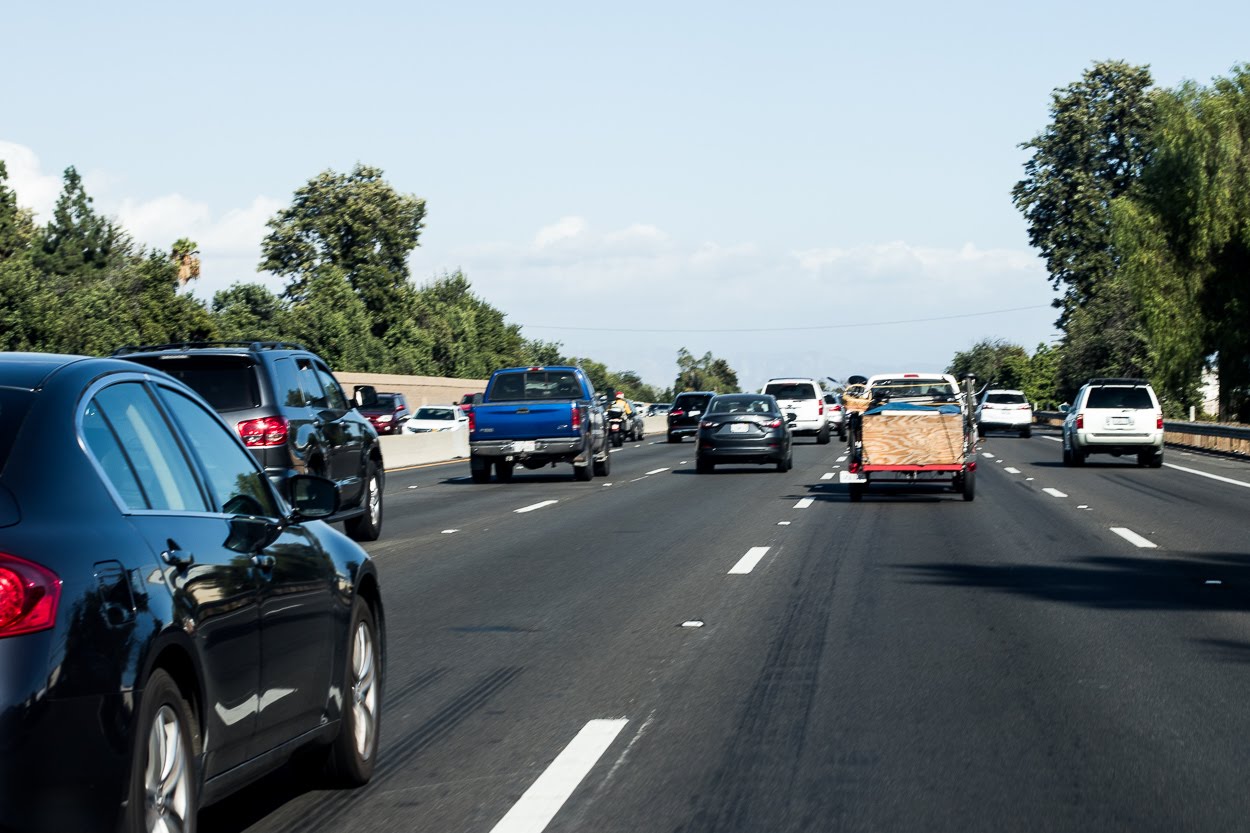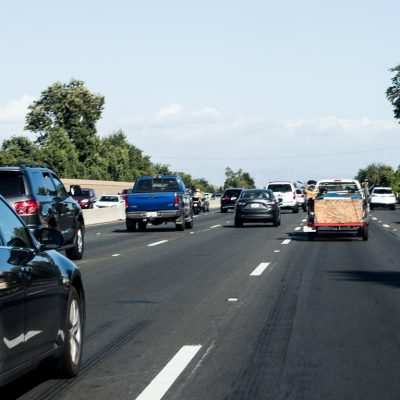
How Seatbelt Use Affects Survival in I-81 Crashes


Interstate 81 (I-81) runs for nearly 850 miles from Tennessee to the Canadian border in New York, cutting through Virginia, Pennsylvania, and several Appalachian states. Known for its heavy freight traffic, mountain grades, and narrow lanes, it serves as one of the most heavily traveled truck corridors in the eastern United States. Yet despite safety campaigns and public awareness, crashes on I-81 continue to claim hundreds of lives each year—many of which could have been prevented with a simple action: buckling up.
The combination of steep inclines, frequent merging, and high truck density means collisions on I-81 often occur at full highway speeds. When occupants are unrestrained, the forces involved can eject passengers from vehicles or cause fatal internal injuries even when airbags deploy. These topics and more will be reviewed in this article.
The Seatbelt Gap: Usage Patterns Along I-81
Decades of data show a clear relationship between seatbelt usage and survival in serious crashes. According to the National Highway Traffic Safety Administration (NHTSA), seatbelts reduce the risk of fatal injury to front-seat occupants by 45 percent and to light-truck occupants by 60 percent. Despite these proven benefits, compliance rates along high-speed corridors like I-81 remain inconsistent, especially in rural segments where local enforcement and public messaging vary widely.
Crash reports from state transportation agencies reveal troubling trends in seatbelt survival I-81 statistics. While Virginia and Pennsylvania have made steady progress through “Click It or Ticket” initiatives, rural stretches of the interstate—particularly those between smaller towns—still show lower belt-use rates than urban centers.
Law enforcement officials note that many fatal accidents involve unrestrained occupants in pickup trucks or older sedans. These vehicles are common on the interstate and often used for long-distance commuting or hauling, where drivers mistakenly believe short trips or low-traffic conditions reduce risk. In reality, most fatal crashes occur within 25 miles of home, and on I-81, even “routine” segments pose serious hazards due to heavy truck volume and variable terrain.
In recent years, seatbelt accident data gathered by NHTSA and the Insurance Institute for Highway Safety (IIHS) shows that unbelted occupants account for nearly half of all highway fatalities in the U.S. The same proportion holds true along I-81, where many victims in single-vehicle rollovers and rear-end collisions were found unrestrained.
The Physics of Protection: How Seatbelts Save Lives
Seatbelts work by spreading crash forces across the strongest parts of the body—the chest, pelvis, and shoulders—while keeping occupants securely positioned during impact. Without a belt, drivers and passengers can be thrown forward into airbags, dashboards, or windshields, or even ejected entirely from the vehicle.
At 65 mph, a car can come to a complete stop in less than one-tenth of a second during a collision. An unbelted body continues moving at that same speed until striking another surface. That force equals the weight of several tons acting on internal organs. Properly worn seatbelts prevent this secondary impact, cutting the chance of fatal injury nearly in half.
Along mountainous sections of I-81—particularly in Virginia and Pennsylvania—rollovers and side impacts are frequent due to lane drift, crosswinds, and heavy truck traffic. In such events, restraint systems determine survival. Data consistently show that belted occupants are far more likely to remain inside the protective space of the vehicle, while unbelted occupants are often ejected, a factor strongly correlated with fatal outcomes.
Enforcement and Education Along the Corridor
State and federal agencies have worked to improve seatbelt use through targeted enforcement and awareness programs. Virginia and Tennessee conduct seasonal enforcement blitzes on I-81, pairing increased patrol presence with public reminders that seatbelt laws are strictly enforced and apply to all seating positions.
Still, enforcement alone cannot close the gap. Education remains critical—particularly among employers with fleet vehicles who are also encouraged to implement seatbelt policies, as FMCSA data indicate that professional drivers involved in fatal crashes are unbelted in roughly 15 percent of cases.
Simple steps to encourage safer habits include:
- Checking that all passengers are buckled before starting the engine.
- Making seatbelt reminders mandatory in company and family vehicles.
- Sharing local crash data in community safety meetings to highlight the real risks of non-compliance.
Community outreach campaigns have proven effective when they emphasize real stories and local data rather than abstract warnings. When crash survivors share how seatbelts saved their lives, compliance rates tend to rise significantly.
Lessons from Seatbelt Accident Data on I-81
Reviewing ten years of seatbelt accident data highlights consistent patterns. Fatality rates are highest among unrestrained occupants, especially in rollover and single-vehicle collisions. Injuries among belted passengers tend to be less severe, reducing both medical costs and recovery time. In addition, belted occupants are more likely to remain conscious after a crash, improving the odds of escaping secondary hazards such as fires or secondary impacts.
These findings confirm that seatbelt use remains the single most effective measure for reducing fatalities on I-81. Even advanced safety technologies—automatic braking, lane-keeping systems, and airbags—cannot compensate for the absence of a basic restraint.
Legal and Insurance Implications of Seatbelt Non-Use
Beyond safety, seatbelt compliance can affect the outcome of insurance and legal claims. In some states along I-81, failure to wear a seatbelt may reduce the amount of compensation a victim can recover after an accident. Insurance adjusters often cite non-use as evidence of shared negligence, even when another driver caused the crash.
Victims injured in collisions where seatbelt use is disputed should seek immediate legal guidance. An experienced I-81 car accident attorney can help gather evidence, review crash reports, and challenge unfair blame assignments. Proper documentation—such as police statements and medical records—plays a key role in protecting victims’ rights.
After a Crash on I-81, Call an Accident Lawyer
Seatbelts have been saving lives for more than half a century, yet every year, hundreds of fatalities involve unrestrained occupants on I-81. Drivers and passengers who make buckling up an automatic habit dramatically improve their survival odds and set a safer example for others.
If you or someone you know has been injured in a crash on I-81, we can connect you with an experienced I-81 car accident attorney to learn about your rights and recovery options.
